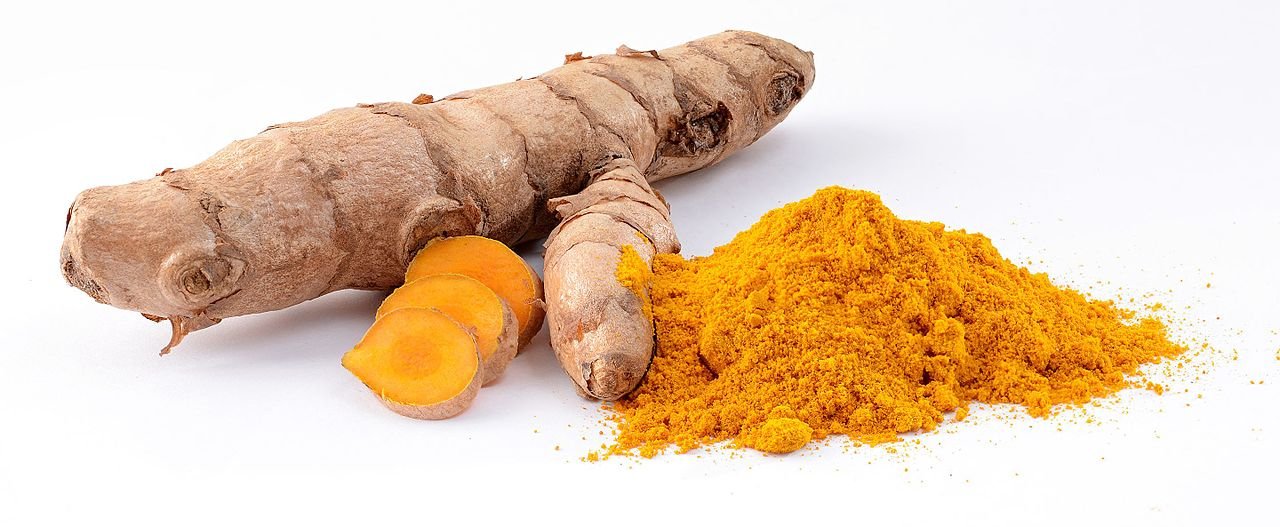Inside BENEO’s new pulse plant: pioneering sustainable protein from faba beans
Curcutint is an innovative, completely clear, water-soluble curcumin liquid, which has been launched for the first time in the world, by Medclear Healthcare Pvt Ltd. It has been launched by patent-pending [national and international (PCT)] process and technology. This natural food colorant gives different yellow hues.
Natural food colours are dyes or pigments extracted from natural sources such as fruits, vegetables and plants.
Curcutint replaces harmful synthetic dyes FD&C Yellow No 5 (tatrazine) and D&C Yellow No 10 (quinoline yellow).
It is in the liquid form. It is water-based and free of organic solvents. It is free of nano form, liposomal form, dispersion form and organic solvents.
The advantages of Curcutint over synthetic colours are many. Being a natural food colour, it is more eco-friendly than the synthetic colours. It is derived from a natural source (turmeric rhizome), unlike synthetic colours. It is free from carcinogenic components.
It is completely safe, does not cause harm or health problems when ingested. Most of the synthetic dyes cause hyperactivity, allergic reactions and cancer. The safety of curcumin is well established.
It is declared generally recognised as safe (GRAS) by the US Food and Drug Administration (FDA) and declared as a food additive (E100) by the European Food Safety Authority (EFSA)
It is not harmful to the environment, biodegradable and does not cause pollution upon disposal.
The active ingredient (curcumin, a turmeric rhizome extract) is a potent anti-oxidant and anti-inflammatory, which imparts complementary health benefits
The active ingredient is an exempt colour additive (21 CFR part 73) that is derived from natural source, and is therefore exempt from the FDA certification process.
Curcutint portfolio of different yellow hues conform to the Code of Federal Regulations (CFR) and meet the regulatory requirements for use as a food colour in most countries.
It is soluble in water, and so it can be used as a natural food colorant in aqueous foods (such as snacks, noodles, chips, ice cream, cakes, jams, jellies, candies, etc.), beverages, confectionery and nutritional products
It can be used in cosmetic products (such as creams, gels, lipsticks, etc.). It can be used as a colorant in coatings of pharmaceutical and nutraceutical products (such as tablets)
Depending on the pH of the formulation/product, it gives either a light yellow (pineapple yellow), a dark yellow or a near-orange shade (mango shade).

